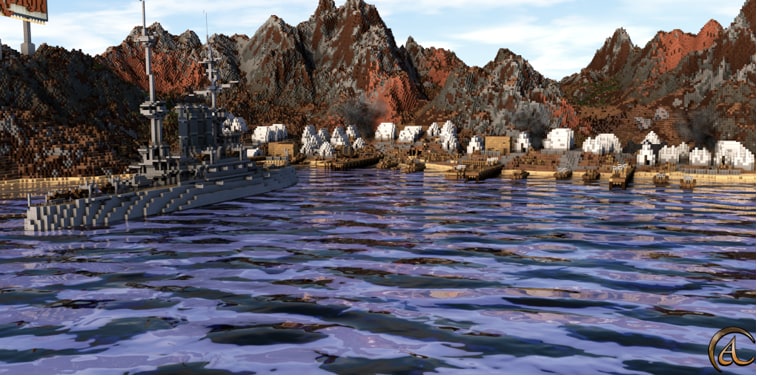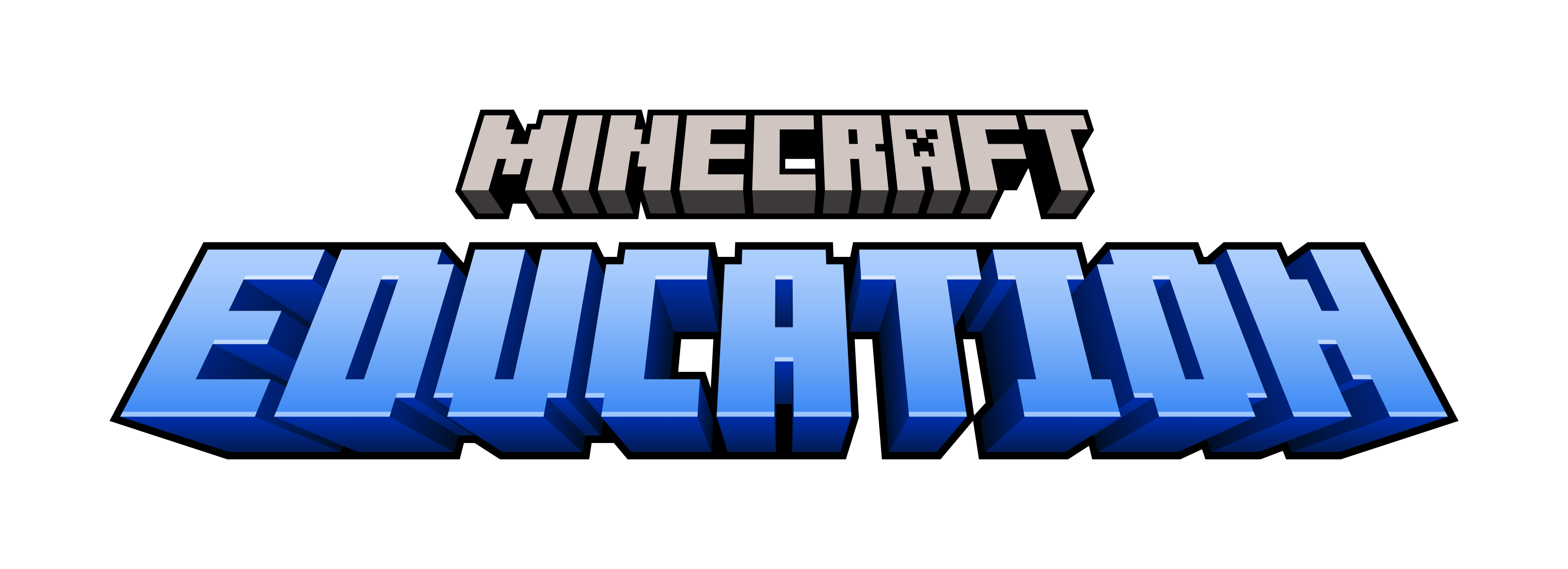Meeting a new friend from the Past – Empathy and Compassion with Historical figures with Minecraft

History is … a dialogue between the present and the past. (originally: Geschichte ist … ein Dialog zwischen Gegenwart und Vergangenheit.)— Edward Hallet Carr. 1961. What Is History? New York: Vintage Books. In the early hours of the morning I heard the Officers going along amongst the men, saying “Stick to it lads, don’t go to sleep”, and the cheerful reply would be “No Sir; we won’t go to sleep”, and my heart swelled with admiration, I knew what the ordeal of the strenuous day before had been, and knew what pluck and determination was necessary to keep awake and alert through the long weary hours of the night, therefore I thought I was justified in being proud of being an Australian and after that night I had no fear as to the result of our operations eventually.” These are the words Private Roy Denning wrote to a loved one while sitting in his tent the morning after a very long night in Anzac Cove 1915. How do we know? We are fortunate to have access thousands of primary resources through on-line collections. His words and thousands like him have been collated and preserved by the Australian www.gallipoli.gov.au site and many other sites and museums. I would like to think Private Denning would be pleased his words and experiences are treasured and still as valuable to our society today as they where to his family when he placed pen to paper. Developing Empathy and Compassion for Friends of the Past History is not a glorification of war, facts and figures to be given back through tests and activity sheets. It is about us. About the human spirit. And it got me thinking… What if Roy had written the letter to me? To one of my students? What if Roy Denning was not a stranger from the past, but a valued friend of 1915 that desperately wanted us to know not only what was happening, but how he was feeling, his opinions, his fears, his spirit, and bravery? If that is the case, I want to meet him and talk to him. I want my own students to meet him. I want them to empathize and to have a true sense of compassion for Roy and the thousands that served in Anzac Cove. Why? Because Roy and his mates has more than a simple story of a faraway place a long time ago to offer. He has given us an insight into the human spirit, the path people took to show compassion and the true spirit ANZACS demonstrated in the midst of terrifying ordeals. I can not help but thing we owe it to him and the thousands who served with him to empower our students to believe in themselves the same way. So let’s meet Roy. Thankfully we have students with creativity and skills we value in the 21st-century skills, we can. Alright, the time machine in the corner of my classroom may have a few flaws in the design and my not actually work yet. But we have the next best thing! Virtual Worlds! We can use Minecraft to create a world from any place and time, set up non-player characters we can interact with such as Anzac Cove in 1915. So we did. Building Anzac Cove in Minecraft Enter the brilliant build team friends of mine, Athion and Minegage, the company dedicated to enhancing learning through Minecraft. You will not meet a better team of enthusiastic people! I have known Athion for years and have a great respect for their skills and professional quality. True to their form, they were instantly excited about making a real life world for education and got to work! I have been a part of Minegage for two years and they have been instrumental in supporting the project. Now I was imagining a simple world edited bay – but no. These guys and girls had much better plans. Using real GIS data, the group made an accurate map of not only Anzac Cove but the whole area! Now I was really getting excited! This opened up far more lesson activities for the future that I did not think possible! But I digress. Back to Anzac Cove itself. With this wonderful foundation, we went to work studying primary resources to determine how we can best represent the lives and experiences while being respectful to the historical reality. To be honest, it exceeded my expectations. Building tents, hospitals, shelters, docks, ships, boats, supplies and even cannons was not only possible, they looked amazing! As an Educator, I can say I had a sense of thrill as I stood on the beach taking reference shots in relation to real historical photos. Being there in a virtual world is completely different than looking at the historical photos! I went for strolls from one end of the Cove imagining how cramped and scary it would have been. Those hills above had snipers constantly sending bullets. The dugouts were facing the sea and were safe from the bullets above but those tents looked exposed. I imagined running down for a quick swim to clean braving the snipers. Visiting the hospitals was though provoking. I know these filled up instantly on the first day and many where seriously injured as they waited to be placed on nonexistent ships for Egypt. Yes, the diary entries and letters I have read now became real for me. This is exactly the experience I want for our students. Yes, Athion had done a great job getting the atmosphere and structures accurate. I could not be happier. Minegage, a company I am very proud to be part of, have come on board and are assisting with getting the resources ready for schools. We have beautiful renders and a walk-through of the world for videos and presentations to enhance the experience for our students and Educators. The map itself will be available for download and ultimately I would like the map to be available in many platforms and Minegage and Athion are researching this – but for now we will make it available in java. I am very pleased to say Minegage and Athion will be working together on many more educational projects in the future in a professional partnership. With all this in place, it is my turn! Extra Resources The Video I like to have videos showing the whole lesson in progress. Thanks to Minegage, it is looking great! The video includes: • The making of the map • The lesson in progress • the links to 21st-century learning design and • the resources available The Mix Presentation As much as I would love students to go out and explore the many websites dedicated to our soldiers, time does not always permit it. With that in mind I have made a Mix PowerPoint showing twenty diary and letter entries from New Zealand and Australian soldiers who served in Anzac Cove. Each screen has a voice actor’s rendition of the diary to assist with the immersion. I have designed the presentation so each card can be printed for your students to use and I made sure the reference links are at the bottom of each card. You can get link to the presentation here. The 3d Printouts I have a 3d printer right here beside me. It’s a basic one, the typical school first printer. What an amazing opportunity to make the virtual real! ! I am starting with a small high quality detailed panel to see what is possible at a tiny scale. Now, I imagine that parts can be printed much bigger and can be used as sets for videos, static displays, oral and visual presentations. Small figures can be printed to accompany the map. They great part is the students can decide what they want printed and at what scale! Designing the Anzac Experience Lesson To the standards! As any Educator knows, we must ensure we are teaching a viable and valuable curriculum and we are meeting the standards set for our region. For this lesson, I am linking to the Australian Curriculum for Year 9 History. The lesson I plan to place on the Minecraft Education website will link to Australia, the US Common Core, the UK National standards and Ontario Canada frameworks. Australian Curriculum Framework • investigate key aspects of World War I and the Australian and New Zealand experience of the war, including the nature and significance of the war in world and Australian and New Zealand history. • The places where Australians and New Zealanders fought and the nature of warfare during World War I, including the Gallipoli campaign • Identify and analyse the perspectives of people from the past The 21st-C Learning skills (General capabilities) The Australian Curriculum defines the 21st-century skills as general capabilities. • Using digital technologies, students present and represent their learning; and collaborate, discuss and debate to co-construct their knowledge. They plan, organise, create, display and communicate data and information digitally using multimodal elements for a variety of reasons and audiences. • They are encouraged to be curious and imaginative in investigations and fieldwork, and to consider multiple perspectives about issues and events. • Through historical, geographic, civic and economic inquiry, collaboration and reflective practice, students develop an appreciation of the insights and perspectives of others, past and present; and an understanding of what informs their personal identity and sense of belonging, including place and their cultural and national heritage. Inquiry-based learning assists students to develop their capacity for self-management, directing their own learning and providing opportunities to express and reflect on their opinions, beliefs, values and questions appropriately. If we want the to know more than the story Roy tells we need to guide the students. Guiding Questions • Have you read diaries from the past? • Have you had a true understanding of the experience they had? • How would you feel if you could actually talk to them in the place they had the experience? • What if you could go into their virtual world and set up characters representing them? • How would they tell their story? How could they communicate how they feel? • What personal qualities do they display? How could we get a deeper understanding of their real experience? Looks like we are set! Now I know there are many ways to set up a lesson plan, but I must admit I really like the simplicity and clarity of the template on the Minecraft Education site. You can head here to download the full lesson plan.


